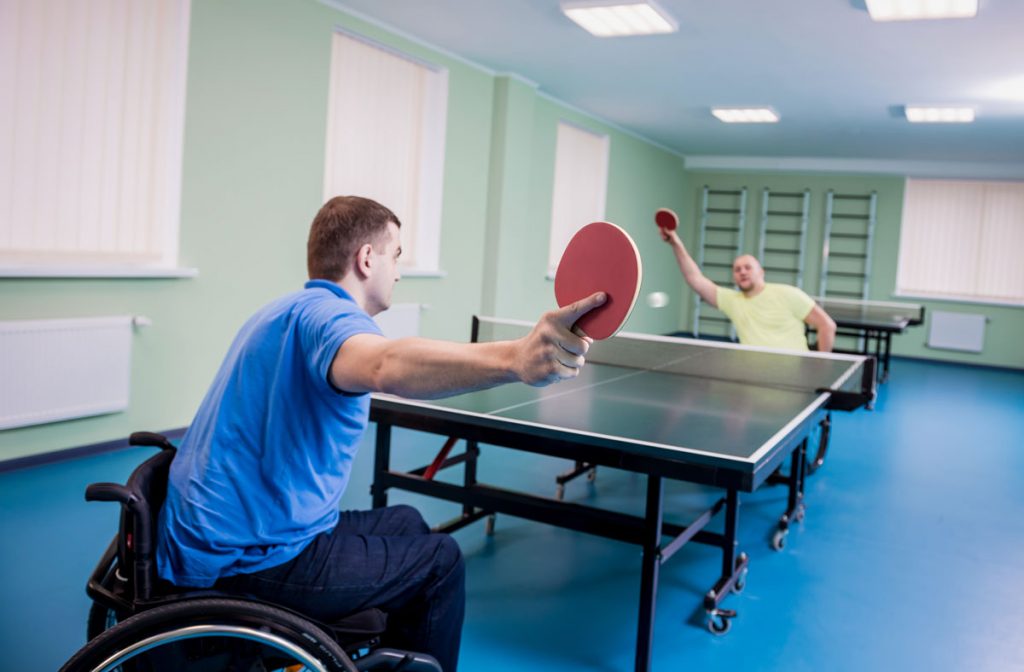Little Known Facts About Dementia Fall Risk.
Little Known Facts About Dementia Fall Risk.
Blog Article
Our Dementia Fall Risk Statements
Table of ContentsThe Dementia Fall Risk IdeasThe Definitive Guide for Dementia Fall RiskFascination About Dementia Fall RiskDementia Fall Risk for Dummies
A fall risk assessment checks to see exactly how most likely it is that you will drop. The assessment normally includes: This consists of a collection of concerns regarding your general wellness and if you have actually had previous falls or troubles with balance, standing, and/or strolling.STEADI consists of testing, assessing, and intervention. Treatments are referrals that may reduce your threat of falling. STEADI consists of 3 actions: you for your risk of succumbing to your danger factors that can be improved to attempt to protect against drops (for instance, balance problems, impaired vision) to lower your threat of falling by utilizing reliable methods (as an example, offering education and learning and sources), you may be asked several inquiries consisting of: Have you dropped in the previous year? Do you feel unstable when standing or strolling? Are you bothered with dropping?, your company will check your strength, balance, and stride, utilizing the complying with loss analysis devices: This examination checks your gait.
Then you'll take a seat once more. Your provider will certainly check how much time it takes you to do this. If it takes you 12 seconds or even more, it may mean you go to greater danger for an autumn. This test checks stamina and balance. You'll being in a chair with your arms crossed over your breast.
The settings will get more challenging as you go. Stand with your feet side-by-side. Relocate one foot halfway onward, so the instep is touching the large toe of your other foot. Relocate one foot fully in front of the various other, so the toes are touching the heel of your other foot.
Not known Facts About Dementia Fall Risk
Many drops take place as an outcome of multiple adding factors; therefore, handling the threat of dropping begins with determining the elements that add to fall danger - Dementia Fall Risk. Several of one of the most appropriate threat elements consist of: History of prior fallsChronic clinical conditionsAcute illnessImpaired gait and equilibrium, reduced extremity weaknessCognitive impairmentChanges in visionCertain high-risk medicines and polypharmacyEnvironmental elements can also raise the threat for drops, including: Poor lightingUneven or harmed flooringWet or unsafe floorsMissing or harmed handrails and get barsDamaged or improperly equipped equipment, such as beds, wheelchairs, or walkersImproper use assistive devicesInadequate guidance of individuals living in the NF, consisting of those who display aggressive behaviorsA effective loss risk monitoring program needs a thorough clinical evaluation, with input from all participants of the interdisciplinary group

The treatment plan ought to also include interventions that are system-based, such as those that promote a risk-free environment (appropriate illumination, handrails, grab bars, etc). The performance of the interventions should be assessed periodically, and the treatment strategy modified as needed to mirror changes in the fall risk assessment. Executing a loss threat administration system find out this here making use of evidence-based best method can decrease the prevalence of falls in the NF, while limiting the possibility for fall-related injuries.
Little Known Facts About Dementia Fall Risk.
The AGS/BGS guideline suggests evaluating all adults matured 65 years and older for loss threat yearly. This screening includes asking people whether they have dropped 2 or more times in the previous year or sought clinical attention for an autumn, or, if they have actually not dropped, whether they really feel unsteady when strolling.
Individuals who have actually fallen as soon as without injury should have their equilibrium and see page stride examined; those with stride or balance problems ought to receive added evaluation. A background of 1 fall without injury and without gait or equilibrium troubles does not require more evaluation past ongoing annual loss risk testing. Dementia Fall Risk. A fall danger analysis is required as part of the Welcome to Medicare examination

8 Easy Facts About Dementia Fall Risk Described
Documenting a falls background is among the high quality indicators for autumn avoidance and management. An important part of danger assessment is a medicine review. Several classes of drugs raise autumn threat (Table 2). copyright medications in specific are independent forecasters of falls. These drugs tend to be sedating, change the sensorium, and impair equilibrium and stride.
Postural hypotension can usually be relieved by decreasing the dosage of blood pressurelowering medicines and/or quiting drugs that have orthostatic hypotension as a side effect. Use of above-the-knee assistance pipe and copulating the head of the bed elevated may additionally minimize postural decreases in high blood pressure. The advisable aspects of a fall-focused checkup are received Box 1.

A Yank time higher than or equal to 12 secs suggests high autumn risk. Being not able to stand up from a chair of knee elevation without making use of one's arms suggests increased loss threat.
Report this page